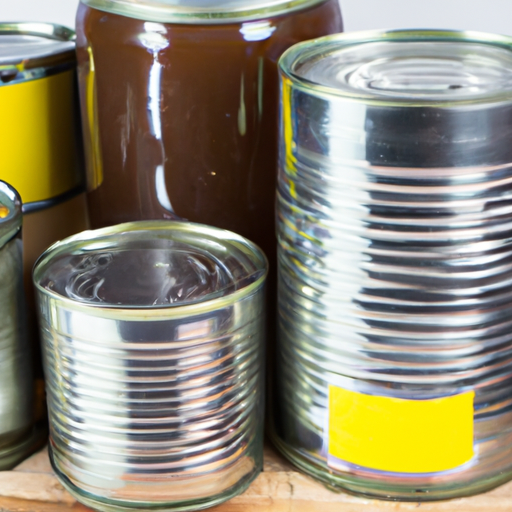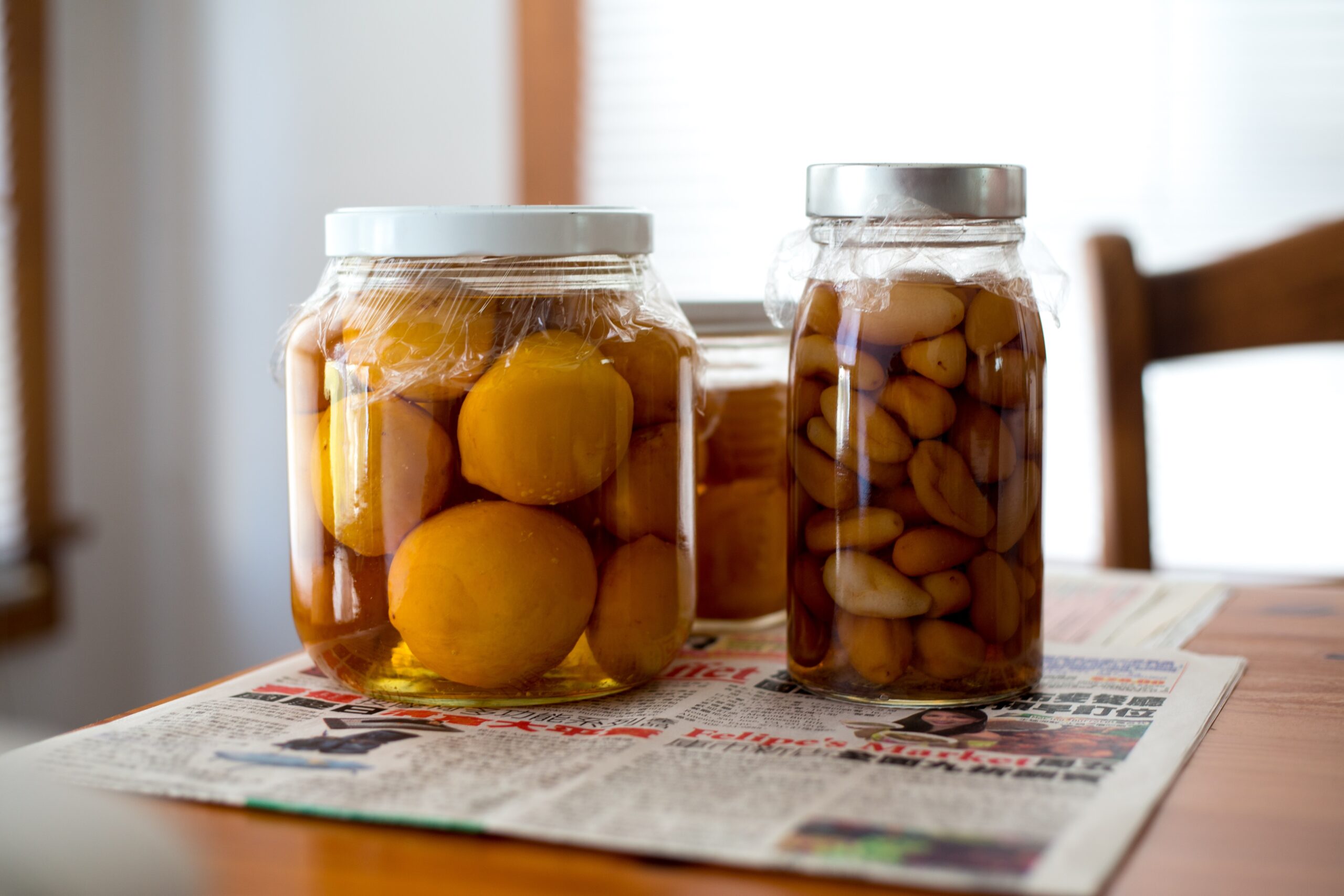If you’re an avid home canner, you may find yourself wondering if you can reuse lids and bands for pressure canning. It’s a common question that many people ask, as reusing these components can save money and reduce waste. In this article, we will explore the topic and provide you with all the information you need to know about reusing lids and bands for pressure canning. So, let’s get started and find out if it’s safe and practical to reuse these essential canning supplies!
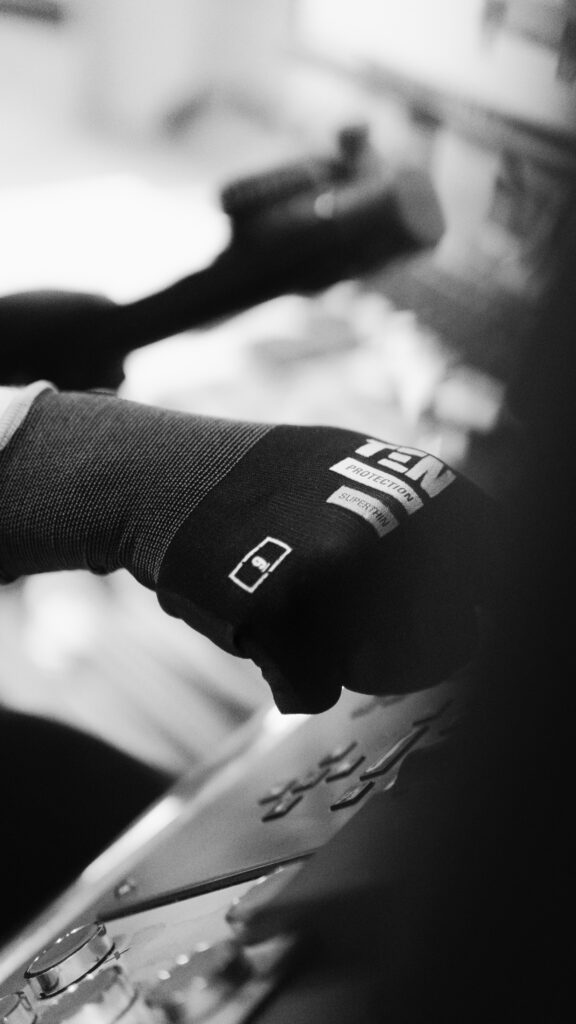
The Basics of Pressure Canning
Pressure canning is a popular method of preserving food that involves sealing jars filled with food and then processing them under pressure. This process effectively kills bacteria and other microorganisms, ensuring that the food remains safe to eat for an extended period. To achieve a proper seal, lids and bands are essential components of pressure canning. In this article, we will explore the purpose of lids and bands, the importance of proper sealing, different types of lids and bands available, and key considerations for reusing them.
Understanding the Purpose of Lids and Bands
Lids and bands play a crucial role in pressure canning as they are responsible for creating a vacuum seal, preventing contamination, and ensuring food safety. By understanding these purposes, you can appreciate the significance of using the right type of lids and bands for your canning needs.
Creating a Vacuum Seal
One of the primary functions of lids and bands is to create a tight vacuum seal on the jar. When the jar is heated during processing, the air inside expands and escapes through the small gap between the lid and the jar’s rim. As the jar cools down, a vacuum is formed, pulling the lid tightly against the rim. This vacuum seal is essential for preserving the food by preventing the entry of air, moisture, and bacteria.
Preventing Contamination
Lids and bands also act as a protective barrier, preventing any external contaminants from entering the jar and compromising the safety of the food. They keep dirt, bacteria, and other potentially harmful substances away from the food, ensuring that it remains uncontaminated and safe to consume for an extended duration.
Ensuring Food Safety
Lastly, lids and bands are critical for ensuring food safety. The vacuum seal created by the lids and bands prevents the growth of bacteria and other microorganisms that can cause spoilage or illness. It also helps in maintaining the quality, flavor, and nutritional value of the canned food.
Importance of Proper Sealing
Proper sealing is of utmost importance when it comes to pressure canning. A poorly sealed jar can lead to spoilage, loss of flavor, and potentially harmful bacterial growth. Here are a few reasons highlighting the significance of achieving a good seal:
Preservation of Food
A proper seal is essential for preserving the food you have worked hard to can. It locks in the flavor, texture, and nutrients, allowing you to enjoy farm-fresh taste and quality even during off-seasons.
Prevention of Spoilage
An inadequate seal can lead to spoilage of the canned food, resulting in wasted resources and effort. Without a proper seal, air and moisture can penetrate the jar, providing an environment conducive to bacterial growth and spoilage. This can lead to an unpleasant smell, taste, and texture, rendering the food unfit for consumption.
Elimination of Bacterial Growth
A well-sealed jar inhibits bacterial growth, preventing potential foodborne illnesses. Bacteria thrive in environments with oxygen, moisture, and suitable temperatures. A proper seal ensures that these conditions are not met, significantly reducing the risk of bacterial contamination and subsequent illness.
Different Types of Lids and Bands
Now that we understand the purpose and importance of lids and bands in pressure canning, let’s explore the different types available in the market:
Two-Piece Metal Lids
Two-piece metal lids are the most commonly used lids in pressure canning. They consist of a flat metal lid and a metal band. The lid is lined with a rubber gasket or sealing compound that creates the required seal when heated and cooled during the canning process. The metal band secures the lid in place during processing and can be removed once the jar is cooled and sealed.
Single-Use Lids
Single-use lids, also known as disposable or one-time-use lids, are designed for single-use only. They usually come with a built-in gasket or sealing compound, similar to two-piece metal lids. After canning, the lids cannot be reused and must be replaced with new ones for subsequent canning projects.
Reusable Lids
Reusable lids are an alternative option to single-use lids. They typically consist of a flat metal lid with a removable rubber gasket. These lids allow for multiple uses, as the gasket can be replaced when necessary. The metal lid and band can be reused as long as they are in good condition.
Metal Bands
Metal bands are necessary for securing the lids during processing, but they are not directly involved in creating the seal. They provide the necessary pressure to hold the lid in place while the vacuum seal is formed. Metal bands are typically reusable unless they become damaged or corroded.
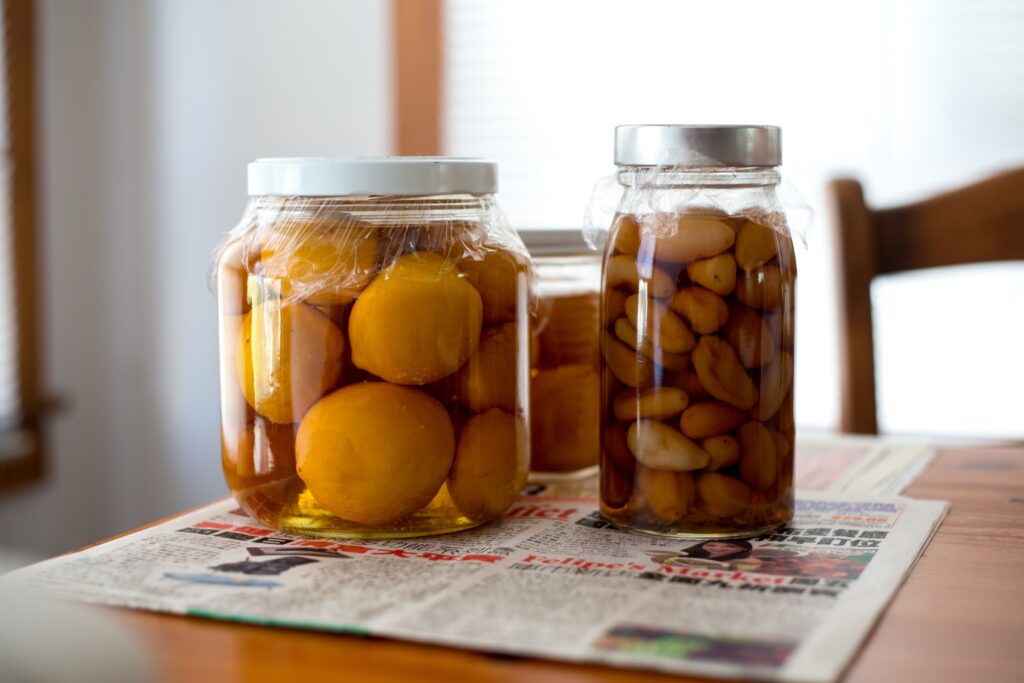
Key Considerations for Reusing Lids and Bands
Reusing lids and bands can be a cost-effective practice, but it is crucial to consider a few factors to ensure their effectiveness and food safety. Here are some key considerations:
Manufacturer Guidelines
Always refer to the manufacturer’s guidelines regarding the reuse of lids and bands. Different manufacturers may have specific recommendations for their products, including the maximum number of uses or specific cleaning instructions. Following these guidelines will help you make informed decisions about reusing the lids and bands safely.
Condition of Lids and Bands
Inspect the lids and bands carefully for any damage or deformation. Damaged lids or bands may not create a proper seal, leading to spoilage or contamination of the canned food. Look for signs of rust, corrosion, or any wear and tear that might compromise their effectiveness. It is essential to use lids and bands in good condition to ensure reliable sealing.
Proper Cleaning and Inspection
Before reusing lids and bands, it is vital to clean them thoroughly. Wash them in warm, soapy water and scrub off any residual food or debris. Pay extra attention to cleaning the rubber gaskets if using reusable lids. After cleaning, inspect them for any nicks, dents, or other damages that might affect their ability to create a seal. Regularly check the rubber gaskets for signs of wear or deterioration.
Storage of Reused Lids and Bands
Proper storage of reused lids and bands is crucial for maintaining their integrity and effectiveness. Organize them in a clean and dry storage area, ensuring they are protected from dust, moisture, and pests. Extreme temperatures can affect the performance of lids and bands, so it is advisable to avoid storing them in extremely hot or cold environments. Additionally, consider establishing a replacement schedule to ensure the lids and bands are in optimal condition.
Manufacturer Guidelines
When determining whether lids and bands can be reused, it is essential to consult the manufacturer’s guidelines. Each manufacturer may have specific instructions regarding the reuse of their products. Following these guidelines ensures the best results and maintains the validity of any warranty associated with the lids and bands.
Following Recommended Instructions
Manufacturers often provide detailed instructions on the packaging or their website regarding the reuse of lids and bands. These instructions may include the maximum number of uses before replacement, specific cleaning methods, or any other necessary precautions. Adhering to these recommendations will help you make informed decisions when reusing lids and bands.
Validity of Warranty
Some manufacturers may offer warranties or guarantees for their lids and bands. However, the warranty may be voided if the products are not used according to the manufacturer’s instructions. Before reusing lids and bands, check if there are any warranty restrictions or requirements. Ensuring compliance with the manufacturer’s guidelines will help protect your investment and ensure any warranty claims remain valid.

Condition of Lids and Bands
The condition of lids and bands is essential to their effectiveness and safety during pressure canning. Before reusing them, thoroughly inspect them for any signs of damage, deformation, rust, or corrosion.
Damage or Deformation
Lids and bands should be free from any damage or deformation that may compromise their ability to create a proper seal. Check for dents, bends, cracks, or any other abnormalities that may prevent the lids from fitting snugly on the jar’s rim. Damaged lids and bands should be replaced to ensure reliable sealing and food safety.
Rust or Corrosion
Any signs of rust or corrosion on lids or bands indicate potential contamination risks. Rust can create small openings or weak points that can compromise the integrity of the seal, allowing air and bacteria to enter the jar. If you notice rust or corrosion, it is advisable to discard the affected lids and bands and replace them with new ones.
Compatibility with Jar Sizes and Types
Ensure that the lids and bands are compatible with the jar sizes and types you are using for pressure canning. Different sizes and shapes of jars require specific lids and bands to ensure proper sealing. Using incorrect sizes or types may result in inadequate sealing, compromising the safety and quality of the canned food.
Proper Cleaning and Inspection
Thoroughly cleaning and inspecting lids and bands are crucial steps in reusing them safely. Here’s how to ensure your reused lids and bands are clean and in good condition:
Thoroughly Washing Lids and Bands
Wash the lids and bands in warm soapy water, ensuring all surfaces are scrubbed clean. Pay close attention to the areas where the lid attaches to the band and the rubber gasket if using reusable lids. Rinse them thoroughly to remove any soap residue.
Checking for Nicks or Dents
Inspect the lids and bands for any nicks, dents, or other damages that may affect their performance. Even small imperfections can hinder the creation of a proper seal, leading to food spoilage or contamination. If you notice any damage, it is recommended to replace the affected lids and bands.
Examining the Rubber Gasket
For reusable lids, carefully inspect the rubber gasket for signs of wear, deterioration, or mold. Over time, the rubber gasket may lose its elasticity or develop cracks, compromising its ability to create an airtight seal. Replace the rubber gasket if you notice any significant damage or degradation.
Testing the Seal
Before using the reused lids and bands for canning, it is advisable to perform a simple seal test. Fill the jar with water, leaving some headspace, and apply the lid and band securely. Process the jar in boiling water for the recommended time, following the canning recipe instructions. Afterward, remove the jar from the water and let it cool. Gently press the center of the lid; if it does not flex or make a popping sound, the seal is secure. However, if the lid flexes or makes a popping sound, it indicates an inadequate seal, and the lid should be replaced.
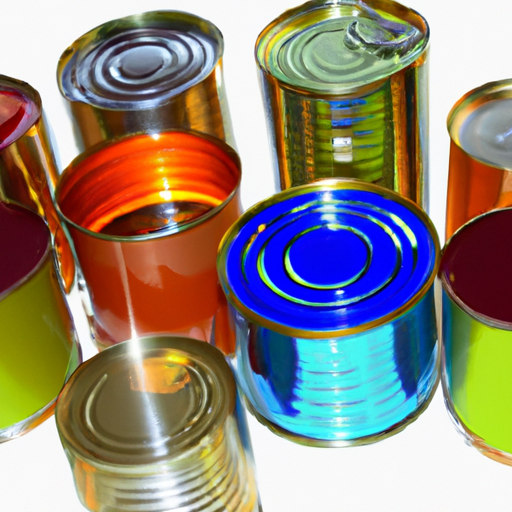
Storage of Reused Lids and Bands
Proper storage is essential for maintaining the quality and effectiveness of reused lids and bands. Consider the following tips for storing your lids and bands:
Organizing and Labeling
Keep your reused lids and bands organized by size, type, and condition. This will facilitate easy access and help you identify any lids or bands that may need replacement. Consider using containers or storage systems specifically designed for canning supplies to keep them neat and tidy. Label the containers or compartments to avoid confusion and ensure you can locate the lids and bands you need easily.
Avoiding Extreme Temperatures
Extreme temperatures can affect the performance of reused lids and bands. Avoid storing them in hot or cold environments, such as attics, basements, or garages, where temperature fluctuations are common. Instead, choose a cool and dry storage area with a relatively stable temperature to maintain the integrity of the rubber gaskets and prevent rust or corrosion.
Moisture Control
Moisture can degrade the rubber gaskets and lead to the growth of mold or mildew. Ensure that the storage area is dry and humidity-controlled. Consider using moisture-absorbing products such as silica gel packets or moisture-proof containers to protect the lids and bands from excess moisture.
Replacement Schedule
Even with proper care and storage, lids and bands will eventually wear out or become less effective. Establish a replacement schedule based on the manufacturer’s recommendations or your observations of their condition. Regularly rotating and replacing lids and bands will help ensure reliable sealing and food safety.
Final Thoughts
Understanding the purpose and importance of lids and bands in pressure canning is crucial for safe and successful home canning. Whether you are using two-piece metal lids, single-use lids, or reusable lids, proper sealing is essential for preserving the quality and safety of the canned food. By following manufacturer guidelines, considering the condition of lids and bands, cleaning and inspecting them thoroughly, and storing them properly, you can reuse lids and bands in a safe and cost-effective manner. Remember to prioritize food safety and always use your best judgment when reusing lids and bands. Happy canning!
